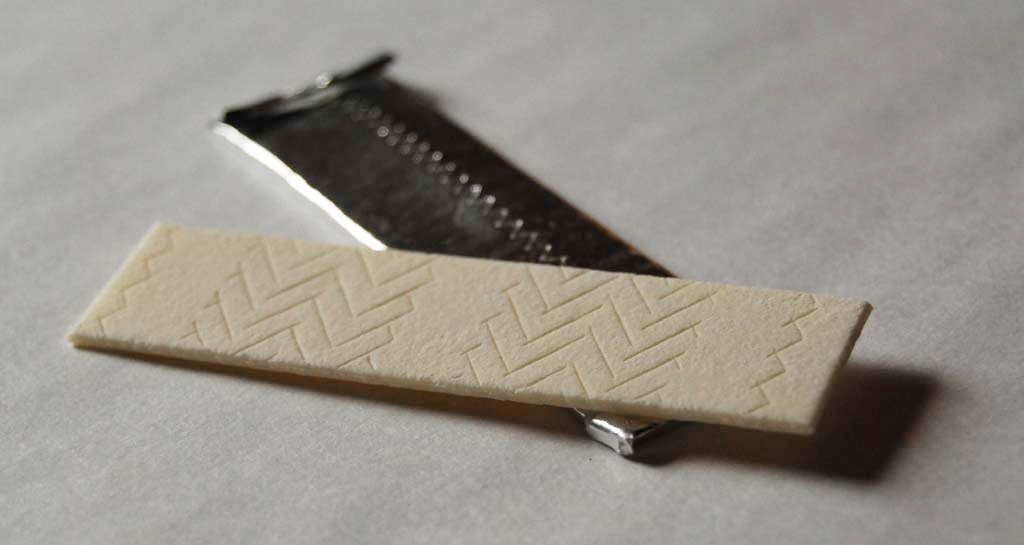The word “bioengineering” brings up images of scientists covered in lab coats, working the night shift in a state-of-the-art laboratory somewhere out there, crafting the latest breakthroughs in genetic engineering and related fields with test tubes and latex gloves.
However, bioengineering is really just about manipulating an organism’s characteristics by altering its genetic makeup; it doesn’t really matter how one goes about doing that, and you certainly don’t need a high-tech gene-splicing tool to do it.
In fact, should you be able to ask scientists from Institut Jacques-Monod (IJM), humanity has been handling bioengineering projects for thousands of years, if their recent find published in the journal Science Advances was anything to go by.
There, they described finding skeletons of animals from a burial complex in Tell Umm el-Marra, northern Syria. Dated between 3,000 and 2,000 BCE, the bones appeared to be of equids, sure—meaning they were likely a relative of horses—but they needed the help of DNA analysis to be completely sure.
Said co-author and IJM genomicist Eva-Maria Geigi to LiveScience: “From the skeletons, we knew they were equids, but they did not fit the measurements of donkeys and they did not fit the measurements of Syrian wild asses. […] So they were somehow different, but it was not clear what the difference was.”
Co-author and University of Pennsylvania archaeologist Jill Weber noticed peculiar marks on the teeth of the equids—tell-tale signs of regularly biting harnesses. To the team, this mean that these equids were the remains of Mesopotamia’s “war horses” called kungas.
Kungas were depicted in ancient art obtained from the area, like the “Standard of Ur.” From these visual evidences, scientists proposed that kungas were actually hybrid animals, much like the famous ligers of today, and that one of the animals needed was a donkey. What scientists didn’t know for sure, however, was the identity of the other animal that was needed to create a kunga—until now, that is.
DNA analysis of the kunga skeletons revealed that the animal the donkey was paired with was the Syrian wild ass; in fact, a female domestic donkey paired with a male Syrian wild ass was paired, and the two would birth a kunga.
Kungas were extensively used as work animals in ancient Mesopotamia, and were believed to be prized animals—and rightfully so, as like most hybrid animals, kungas were sterile. This meant that they continuously needed to search for, and capture, male Syrian wild asses in order to breed more kungas.
This also meant that kungas were likely one of humanity’s first forays into bioengineering, despite perhaps not knowing it that way. And given archaeological evidence, scientists believe ancient Mesopotamians had been bioengineering these work animals since 4,500 BCE—a full 500 years before they figured out how to get horses to do the same.
Unfortunately, the last recorded living Syrian wild ass died close to a century ago while in captivity inside Austria’s Tiergarten Schönbrunn, the oldest zoo in the world, leaving scientists with no practical way of recreating what the Mesopotamians managed to do millennia ago.
Geigi continued her statement to LiveScience: “They really bio-engineered these hybrids […] There were the earliest hybrids ever, as far as we know, and they had to do that each time for each kunga that was produced—so this explains why they were so valuable.”
(For more special finds about the species of the Earth, read about the two new viper species found in Asia, as well as the new species of beaked whale discovered recently.)
References
- Avant les chevaux, des hybrides d’ânes produits pour faire la guerre. (n.d.). Retrieved 26 January 2022, from https://www.ijm.fr/en/807-1286/fiche/avant-les-chevaux-des-hybrides-d-anes-produits-pour-faire-la-guerre.htm
- Bennett, E. A., Weber, J., Bendhafer, W., Champlot, S., Peters, J., Schwartz, G. M., Grange, T., & Geigl, E.-M. (2022). The genetic identity of the earliest human-made hybrid animals, the kungas of Syro-Mesopotamia. Science Advances. https://doi.org/10.1126/sciadv.abm0218
- Metcalfe, T. (2022, January 14). 1st bioengineered hybrid animals discovered—In ancient Mesopotamia. LiveScience. https://www.livescience.com/hybrid-kungas-discovered-mesopotamia










